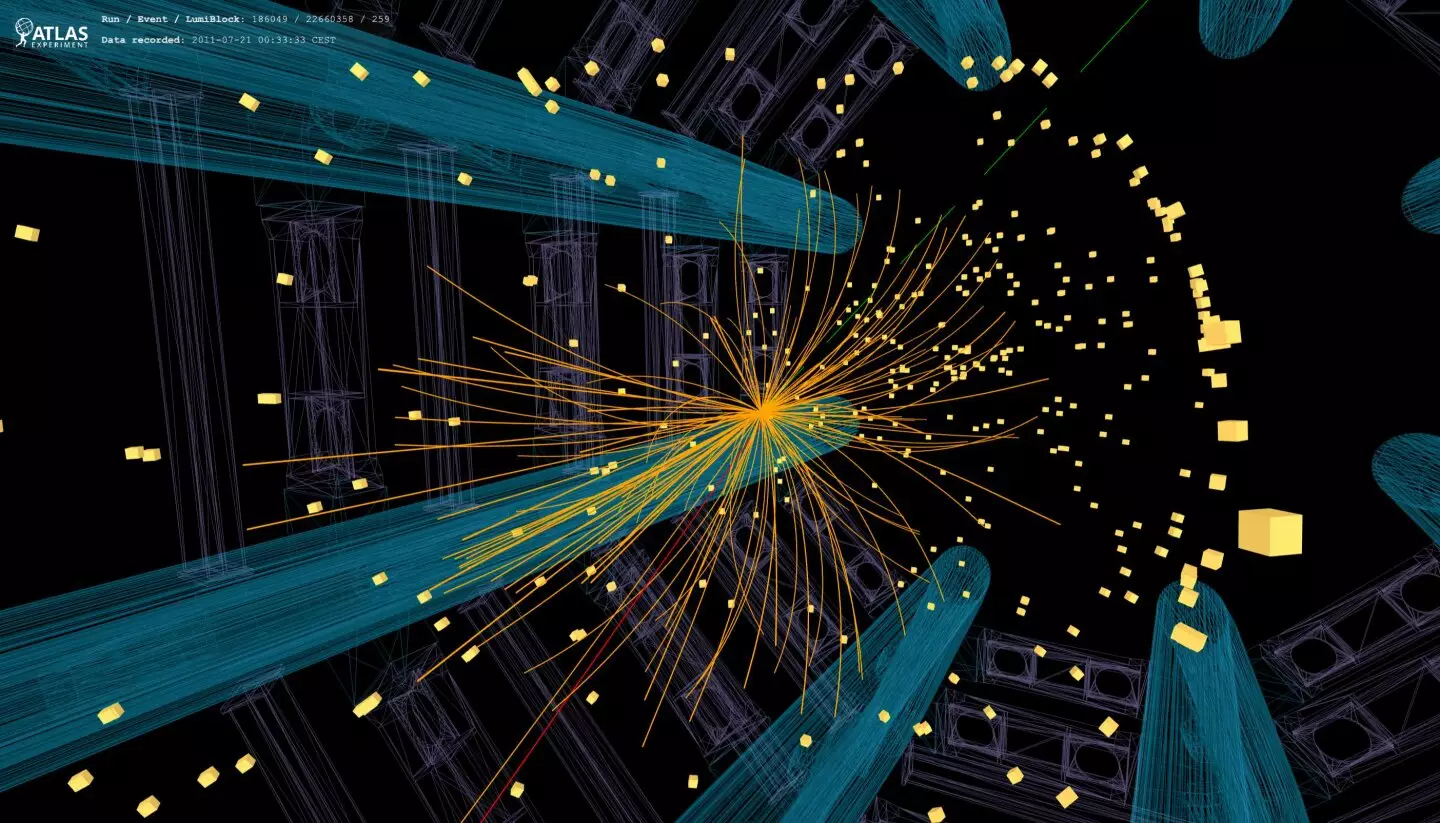The discovery of the Higgs boson in 2012 was a monumental achievement that completed the puzzle known as the Standard Model. However, this momentous occasion also brought about a new set of questions that continue to challenge physicists. What lies beyond the known framework of the Standard Model? Where are the answers to the universe’s remaining mysteries, such as the nature of dark matter and the origin of matter-antimatter asymmetry?
One key parameter that could potentially lead us towards new physics phenomena is the “width” of the W boson, the carrier of the weak force. The width of a particle is directly linked to its lifetime and describes how it decays into other particles. If the W boson were to decay in unexpected ways, potentially into undiscovered particles, it would have an impact on its measured width. The Standard Model predicts this value based on the strength of the weak force and the mass of the W boson, along with other quantum effects. Any significant deviation from this prediction could point towards the existence of unknown phenomena.
In a recent study published on the arXiv preprint server, the ATLAS collaboration at the Large Hadron Collider (LHC) made a groundbreaking measurement of the W-boson width for the first time. Previous measurements had been conducted at CERN’s Large Electron-Positron (LEP) collider and Fermilab’s Tevatron collider, with an average value of 2085 ± 42 million electronvolts (MeV), consistent with the Standard Model prediction of 2088 ± 1 MeV.
Using data from proton-proton collisions at an energy of 7 TeV collected during Run 1 of the LHC, ATLAS measured the W-boson width as 2202 ± 47 MeV. This represents the most precise measurement to date by a single experiment, and while slightly larger, it is within 2.5 standard deviations of the Standard Model prediction.
This remarkable achievement was made possible through a detailed analysis of the decays of the W boson into an electron or a muon and their corresponding neutrino. Despite the neutrino going undetected, its presence was inferred through the signature of missing energy in the collision event.
To achieve such high precision, physicists had to meticulously calibrate the ATLAS detector’s response to these particles in terms of their efficiency, energy, and momentum. This calibration process also took into consideration contributions from background processes that could potentially skew the results.
In addition to understanding W-boson production in proton-proton collisions, researchers relied on theoretical predictions validated by various measurements of W and Z boson properties. The inner structure of the proton, described in parton distribution functions, was also crucial to the measurement. ATLAS physicists incorporated parton distribution functions derived from data collected through a range of particle physics experiments.
The measurement of the W-boson width also involved a statistical method that allowed uncertainties to be constrained directly from the measured data, thereby enhancing the precision of the measurement. The updated measurement of the W-boson mass, which was also conducted simultaneously, yielded a value of 80367 ± 16 MeV, improving upon previous measurements using the same dataset.
These measurements of the W-boson mass and width, consistent with Standard Model predictions, pave the way for future advancements in particle physics. As larger datasets are analyzed, statistical and experimental uncertainties are expected to decrease. Moreover, improvements in theoretical predictions and a better understanding of parton distribution functions will help to reduce theoretical uncertainties.
As physicists continue to refine their measurements and conduct more stringent tests of the Standard Model, they inch closer towards unraveling the mysteries of the universe and potentially uncovering new particles and forces that lie beyond the currently accepted framework of particle physics.


Leave a Reply